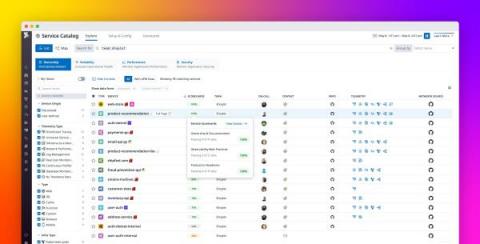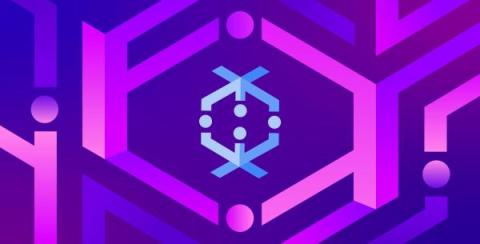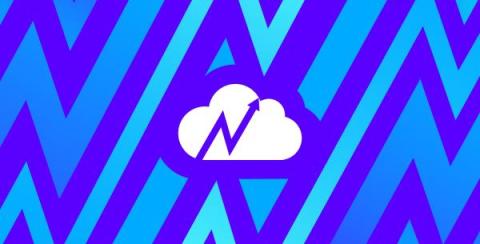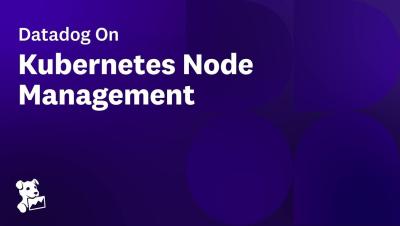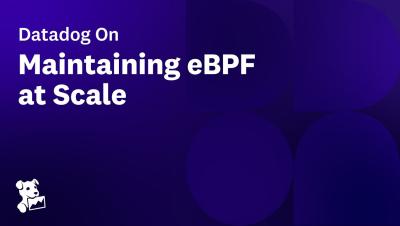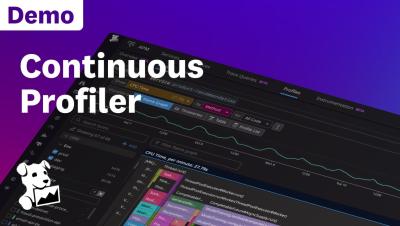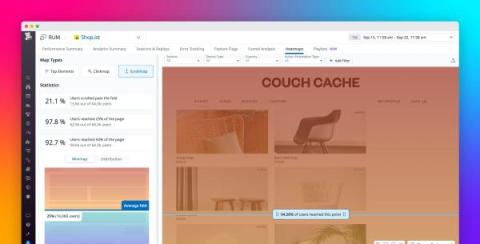Prioritize and promote service observability best practices with Service Scorecards
The Datadog Service Catalog consolidates knowledge of your organization’s services and shows you information about their performance, reliability, and ownership in a central location. The Service Catalog now includes Service Scorecards, which inform service owners, SREs, and other stakeholders throughout your organization of any gaps in observability or deviations from reliability best practices.


